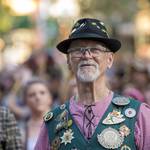General
Transport
People
Accomodation
Food & Drink
Sightseeing
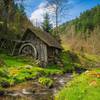 What to do in Germany?
What to do in Germany?
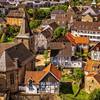 What smaller scenic towns in Germany to visit?
What smaller scenic towns in Germany to visit?
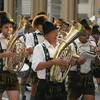 Are there any festivals in Germany?
Are there any festivals in Germany?
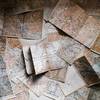 What are the best tours to take in Germany?
What are the best tours to take in Germany?
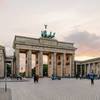 Is Berlin city card worth buying?
Is Berlin city card worth buying?
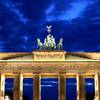 What to do in Berlin on a budget?
What to do in Berlin on a budget?
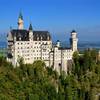 How do I get to Neuschwanstein Castle from Munich?
How do I get to Neuschwanstein Castle from Munich?
Legal
Money
Safety & Health
Family travel
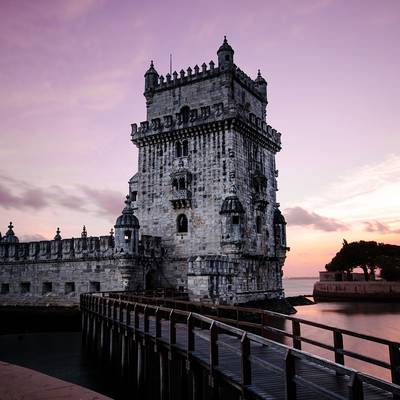
What to see in Germany?
History, culture, and natural beauty perhaps best describe the essence of vacationing in Germany. With its many historic cities and small towns, along with an abundance of forests and mountains, visitors are spoiled for choice when it comes to choosing a unique place to visit. Those wanting to sightsee or experience the arts should head to the metropolitan areas such as Munich, Frankfurt, or Hamburg, while those looking for recreational activities should visit places such as the Bavarian Alps, the Black Forest, or the Rhine Valley. Find a list of things to see in Germany below.
Berlin's Brandenburg Gate. Modeled on the Acropolis in Athens and built for King Frederick William II in 1791, the monumental sandstone Brandenburg Gate in Berlin's Mitte district was the city's first Neoclassical structure. Measuring an impressive 26 meters in height – including the Quadriga, the spectacular four-horse chariot carrying the goddess of victory perched atop – its six huge columns on each side of the structure form five impressive passages: four were used by regular traffic, while the center was reserved for the royal carriages. Huge Doric columns also decorate the two buildings at each side of the Gate, once used by toll-collectors and guards. Undoubtedly Berlin's most iconic structure, it's hard to believe that the majestic structure you see today was severely damaged during WWII and was also once part of the infamous Berlin Wall and, for a few decades, was symbolic of the division of Berlin into East and West.
Cologne Cathedral (Kölner Dom). The towering Cologne Cathedral (Kölner Dom) – the Cathedral of St. Peter and St. Mary – is located on the banks of the Rhine and is undoubtedly Cologne's most impressive landmark. This masterpiece of High Gothic architecture, one of the largest cathedrals in Europe, was begun in 1248 and was the most ambitious building project of the Middle Ages. As imposing as its façade, its magnificent interior covers an area of 6,166 square meters and boasts 56 huge pillars. Above the high altar is the Reliquary of the Three Kings, a 12th-century work of art in gold that was designed by Nicholas of Verdun to house the relics of the Three Kings brought here from Milan.
Neuschwanstein Castle. The quaint old town of Füssen, situated between the Ammergau and Allgäu Alps and a popular alpine resort and winter sports center, is a good base from which to explore nearby Neuschwanstein Castle, one of Europe's most famous (and picturesque) royal castles. This is a 19th-century neo-romantic palace perched on a rugged hill. The palace was commissioned by “crazy” Ludwig II of Bavaria as a retreat and as an homage to Richard Wagner. It’s the model for the Disney castle, and definitely a must on any Germany bucket list. Admission to the castle is 13 EUR. Click here for information on how to get to the castle from Munich.
Miniatur Wunderland and the Historic Port of Hamburg. In the heart of the historic Port of Hamburg, the magnificent Miniatur Wunderland, the world's largest model railway, is an attraction that appeals equally to young and old alike. Boasting more than 12,000 meters of track, this massive scale model includes sections dedicated to the USA, England, and Scandinavia (as well as Hamburg) and incorporates 890 trains, more than 300,000 lights, and in excess of 200,000 human figures. It's not unheard of for guests to spend many hours exploring this fascinating world with its remarkably detailed miniature airports (and planes that actually take off), crowded cities, quaint rural scenes, and bustling harbors. For a memorable experience, book one of the behind-the-scenes tours, an especially fun thing to do at night.
Berlin's Museum Island. Berlin's world-famous Museumsinsel, or Museum Island, lies between the River Spree and the Kupfergraben – a 400-meter-long canal off the river – and includes many of the city's oldest and most important museums. The heart of this pedestrian-friendly district is the Old Museum, constructed in 1830 as a place to exhibit the royal treasures. Soon after, the land behind the museum was set aside for art and the "knowledge of antiquity." Between 1843-55 the New Museum took shape, and the National Gallery was added in 1876, along with the Bode Museum, built in 1904 and home to collections of antiquities. Another highlight of a walking tour of these spectacular points of interest is the Pergamon with its recreated historic buildings from the Middle East. But be warned: there's so much to see among these amazing museums that you can't possibly cram it all into a single day.
Sanssouci Park and Palace of Potsdam. Spectacular Sanssouci Park, laid out between 1744 and 1756, is considered the most celebrated example of Potsdam Rococo. Reflecting the personal influence of Frederick the Great, the park includes a lovely Baroque flower garden, more than 3,000 fruit trees, and numerous greenhouses. It's a pleasure strolling around this huge park, especially the straight-as-an-arrow, two-and-a-half-kilometer-long avenue, shielded on each side by trimmed hedges, perfect lawns, and gorgeous gardens.
The Berlin Wall. While not exactly the most picturesque of places, the Berlin Wall – or what's left of it - is one of those attractions that any visitor to Berlin simply must see. Built in 1961, the wall was the most visible manifestation of the Cold War mentality that existed after WWII, and by the time it was torn down in 1990, it extended some 155 kilometers. Thankfully, all that remains of the wall today are small graffiti-covered sections, stark reminders of the more than 70 people who died trying to escape from the East. Sections of preserved wall include a short stretch at infamous Checkpoint Charlie, as well as a section at Humboldthafen opposite the Reichstag Building on which the victims of the wall are listed, and the East Side Gallery where all the famous graffitis are. Also of note is the excellent Berlin Wall Exhibition, with its permanent exhibits relating to the Berlin Wall, and the Berlin Wall Memorial.
German parliament. As the capital, Berlin is the seat of the German parliament, der Bundestag. Tourists in Berlin are allowed to visit the Bundestag. It’s now located in the historic Reichstag building, which used to house the German Empire’s Imperial Diet (an earlier parliament, known as Reichstag in German). The newly renovated Reichstag building features a huge dome looking out over the entire city. You can book a visit to the parliament and go up to the dom which serves as a beautiful viewpoint of the city – all for free! That will save you money for going up the TV tower the price for wich is 15 EUR. Just remember to book your visit well in advance.
The Town Hall Chimes of Munich. Das Rathaus is a town hall (der Rat is advice), while das Glockenspiel refers to chimes. (Not exactly the same as English, where a glockenspiel is a percussion instrument composed of a set of keys). Munich’s Rathaus-Glockenspiel is a well-known tourist attraction located at the city’s Marienplatz. At certain times daily, it chimes, and small figurines re-enact historical scenes from the 16th century.

What are some places to eat?
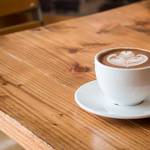
Is there a coffee and tea culture in Germany?

What are the restrictions regarding alcohol consumption?

What soft drinks are available?

Are there any rules I should follow to be respectful around Germans?
